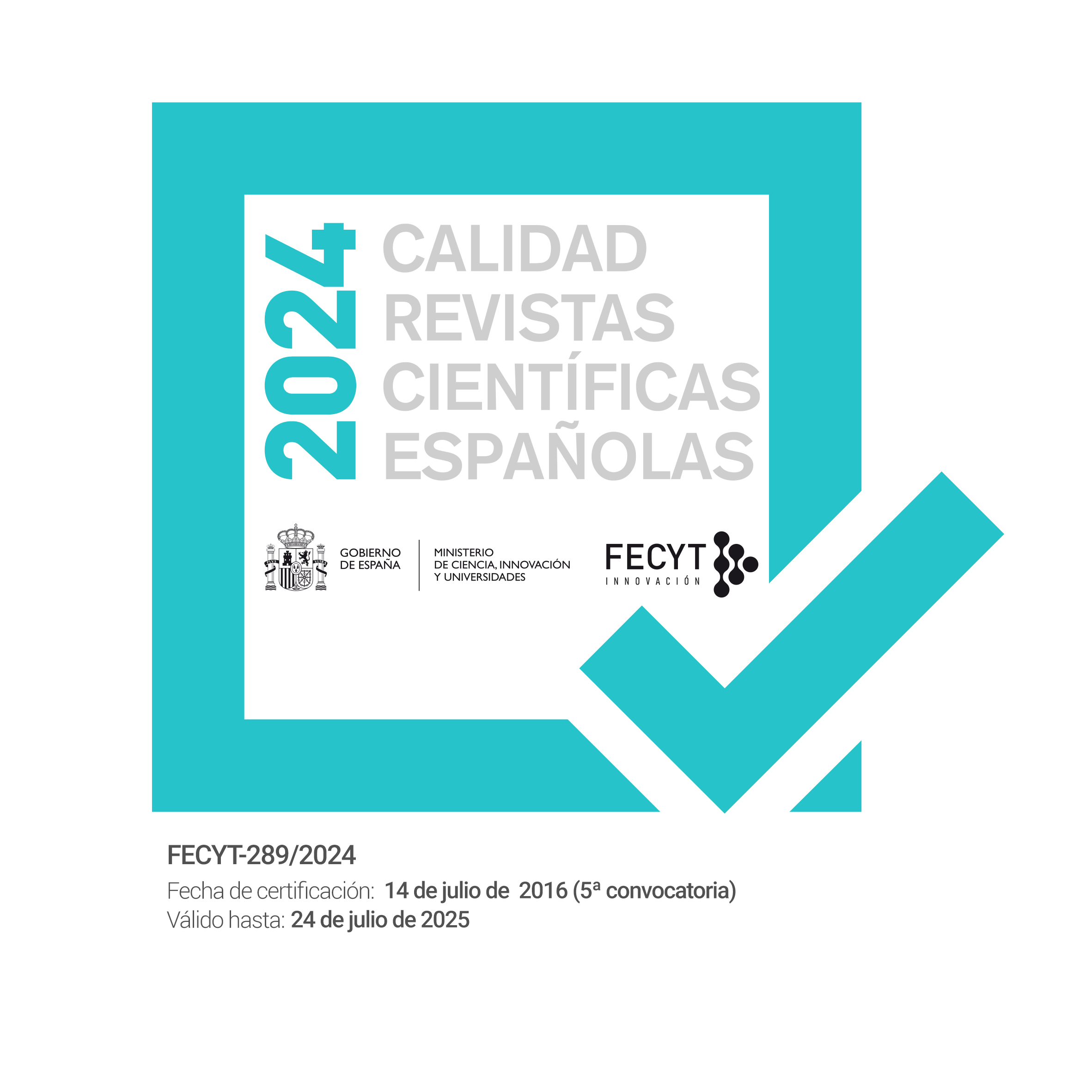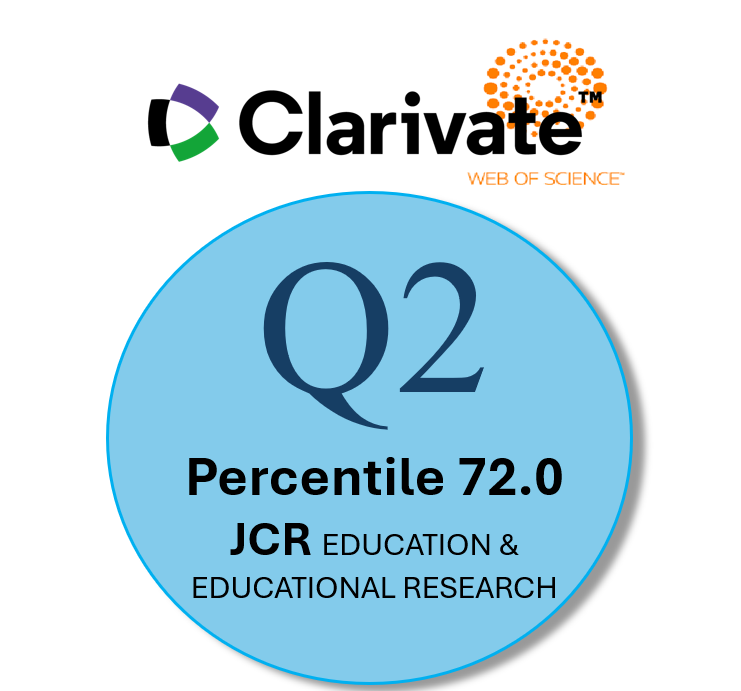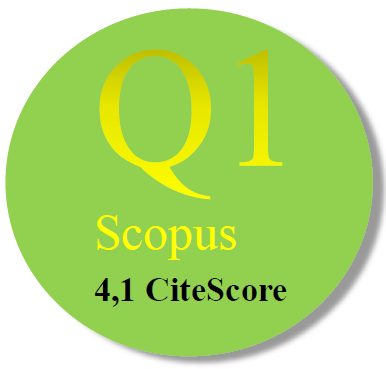Integration of Computational Thinking in Compulsory Education. Two Pedagogical Experiences of Collaborative Learning online
Abstract
Countries in the world have included in their educational agendas the incorporation of Computational Thinking (CT) in Compulsory Education. Despite the efforts of the school authorities, the school systems have difficulties in developing this proposal in the traditional classrooms. In this article we present two experiences based on the use of educational technologies and methodologies that have helped overcome these difficulties by bringing the PC to the Classroom effectively for students, teachers and schools. Experiences have been developed in collaboration with educational institutions and ministries of education in two Latin American countries. The educational technologies used are virtual learning environments (VLE), synchronous collaboration systems, and Scratch / Snap online programming environments. The educational methodologies developed are based on collaborative work teachers-tutors, teachers-students, and students-students. Both educational technologies and methodologies have been used together to develop, through the PC, the ability of our students to solve problems related to daily life and the working world.
Downloads
-
Abstract6420
-
PDF (Español (España))4178
Las obras que se publican en esta revista están sujetas a los siguientes términos:
1. El Servicio de Publicaciones de la Universidad de Murcia (la editorial) conserva los derechos patrimoniales (copyright) de las obras publicadas, y favorece y permite la reutilización de las mismas bajo la licencia de uso indicada en el punto 2.
2. Las obras se publican en la edición electrónica de la revista bajo una licencia Creative Commons Reconocimiento-NoComercial-SinObraDerivada 3.0 España (texto legal). Se pueden copiar, usar, difundir, transmitir y exponer públicamente, siempre que: i) se cite la autoría y la fuente original de su publicación (revista, editorial y URL de la obra); ii) no se usen para fines comerciales; iii) se mencione la existencia y especificaciones de esta licencia de uso.
3. Condiciones de auto-archivo. Se permite y se anima a los autores a difundir electrónicamente las versiones pre-print (versión antes de ser evaluada) y/o post-print (versión evaluada y aceptada para su publicación) de sus obras antes de su publicación, ya que favorece su circulación y difusión más temprana y con ello un posible aumento en su citación y alcance entre la comunidad académica. Color RoMEO: verde.













